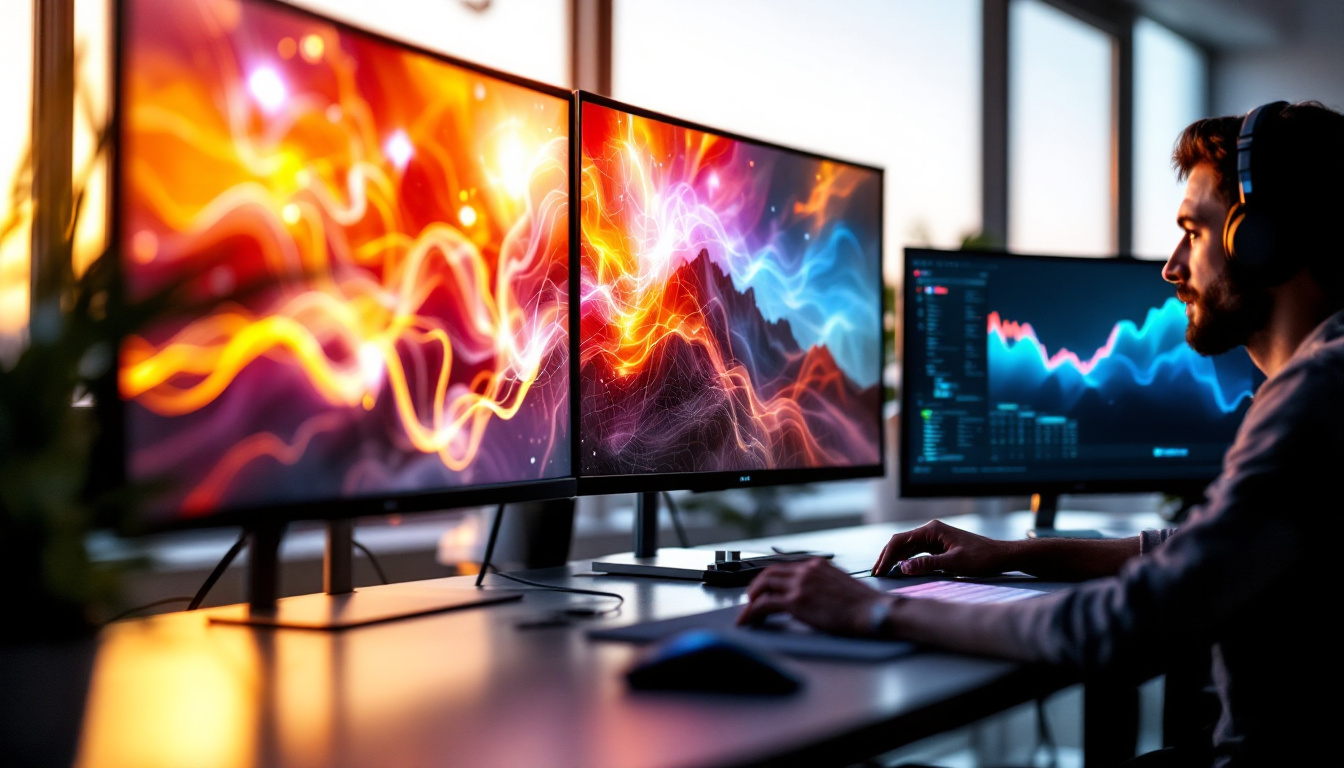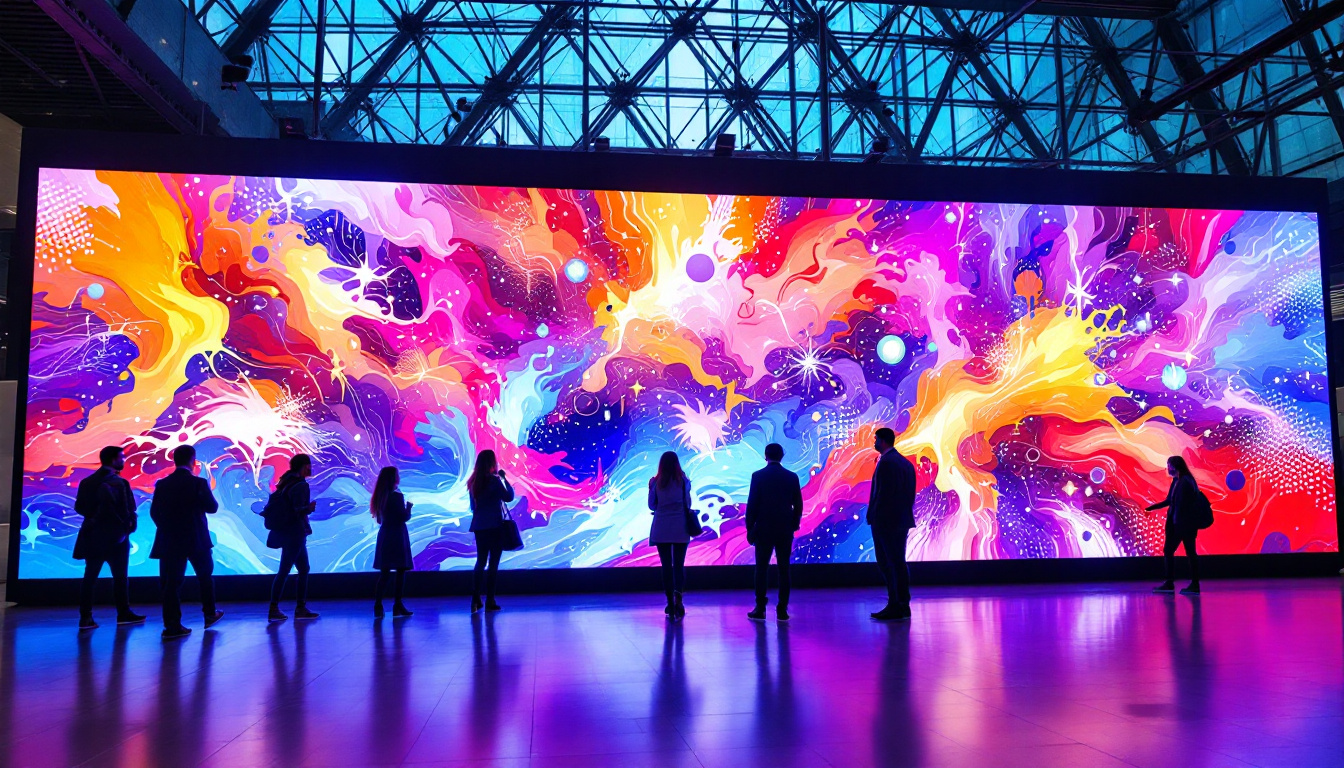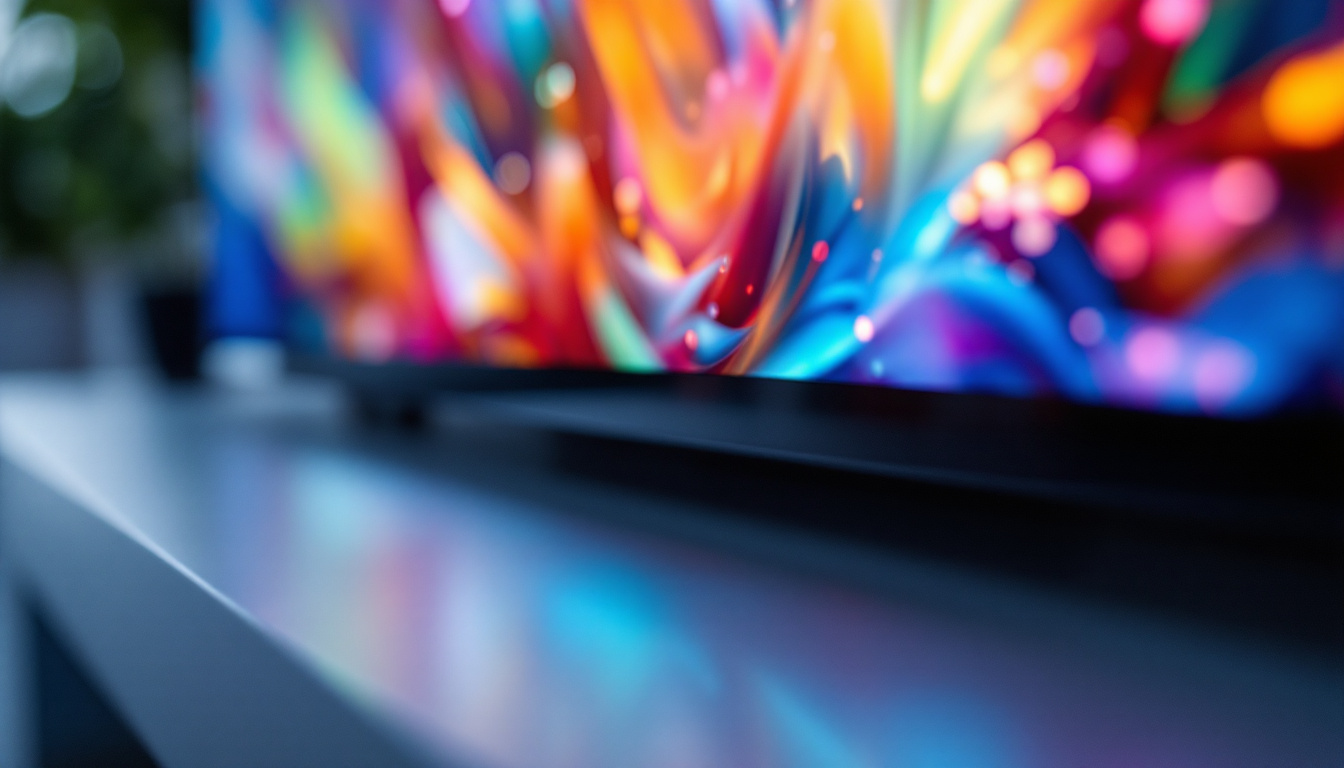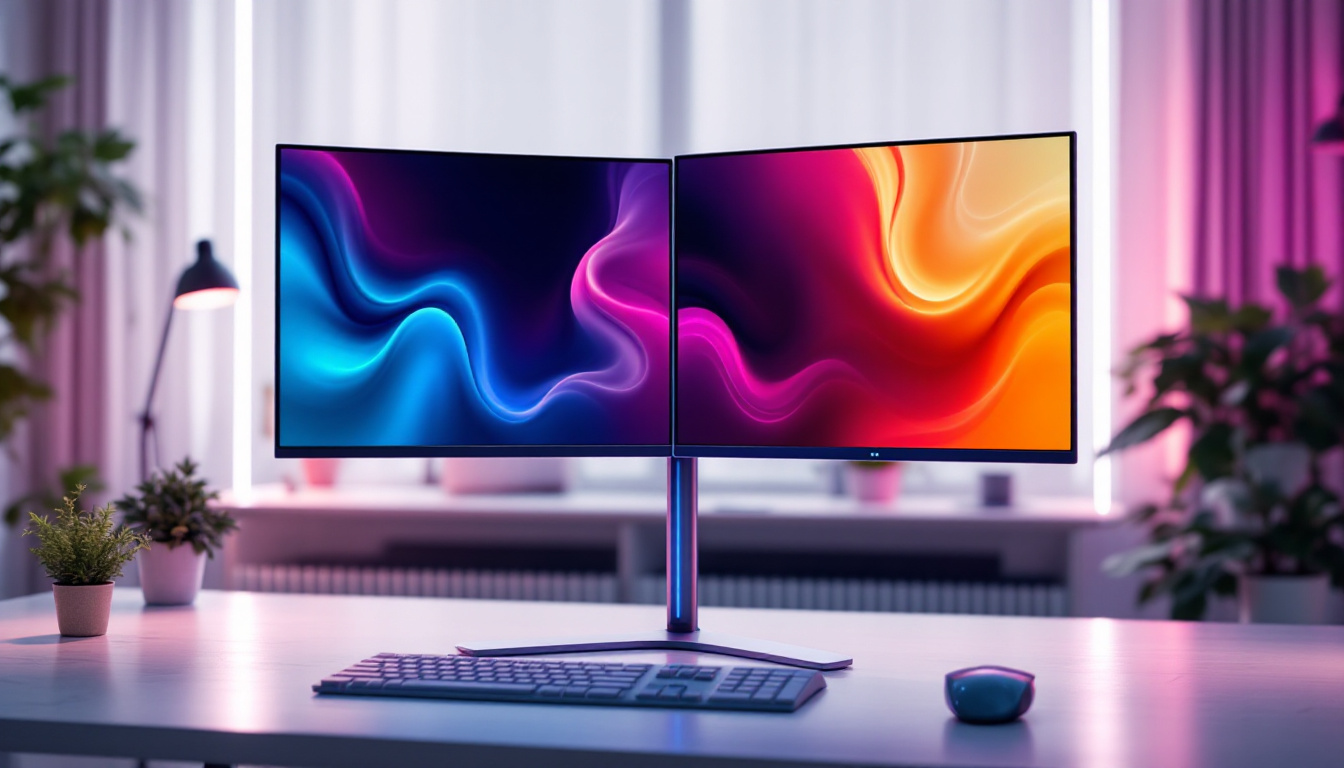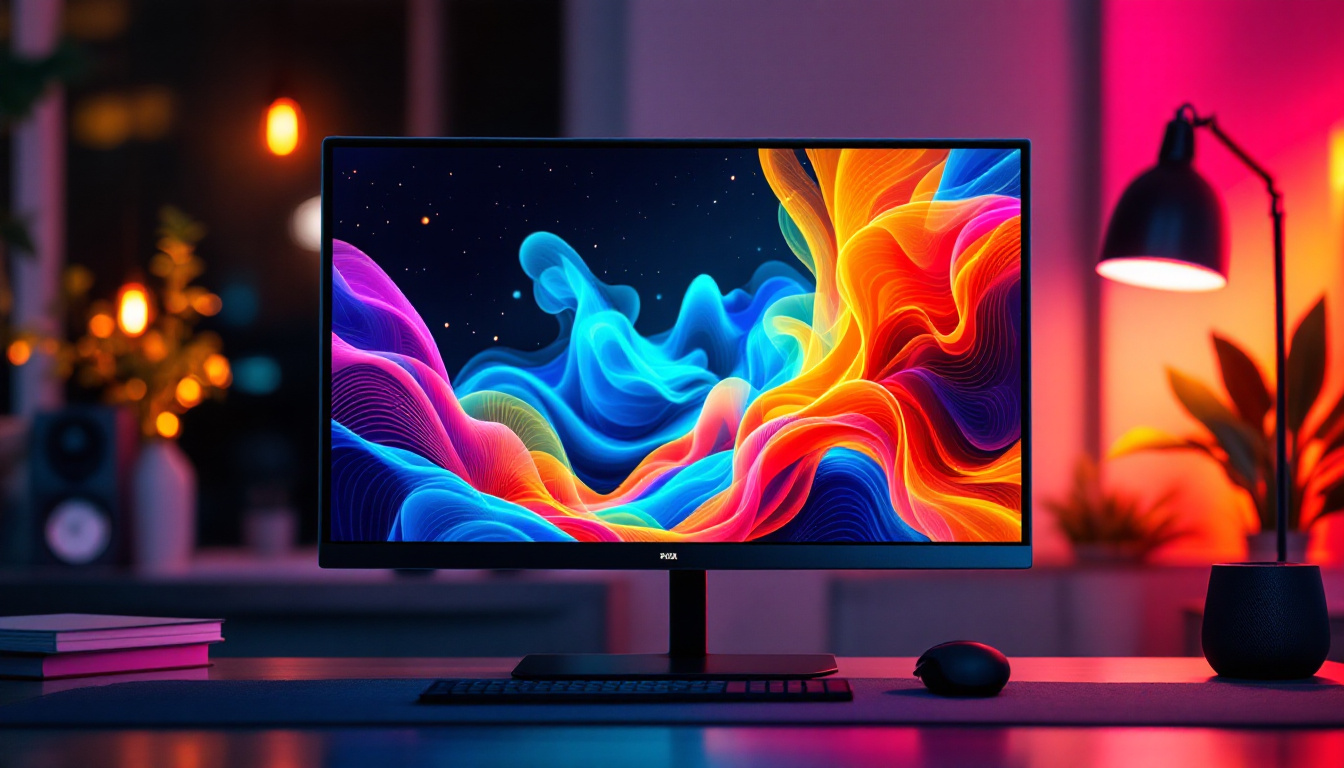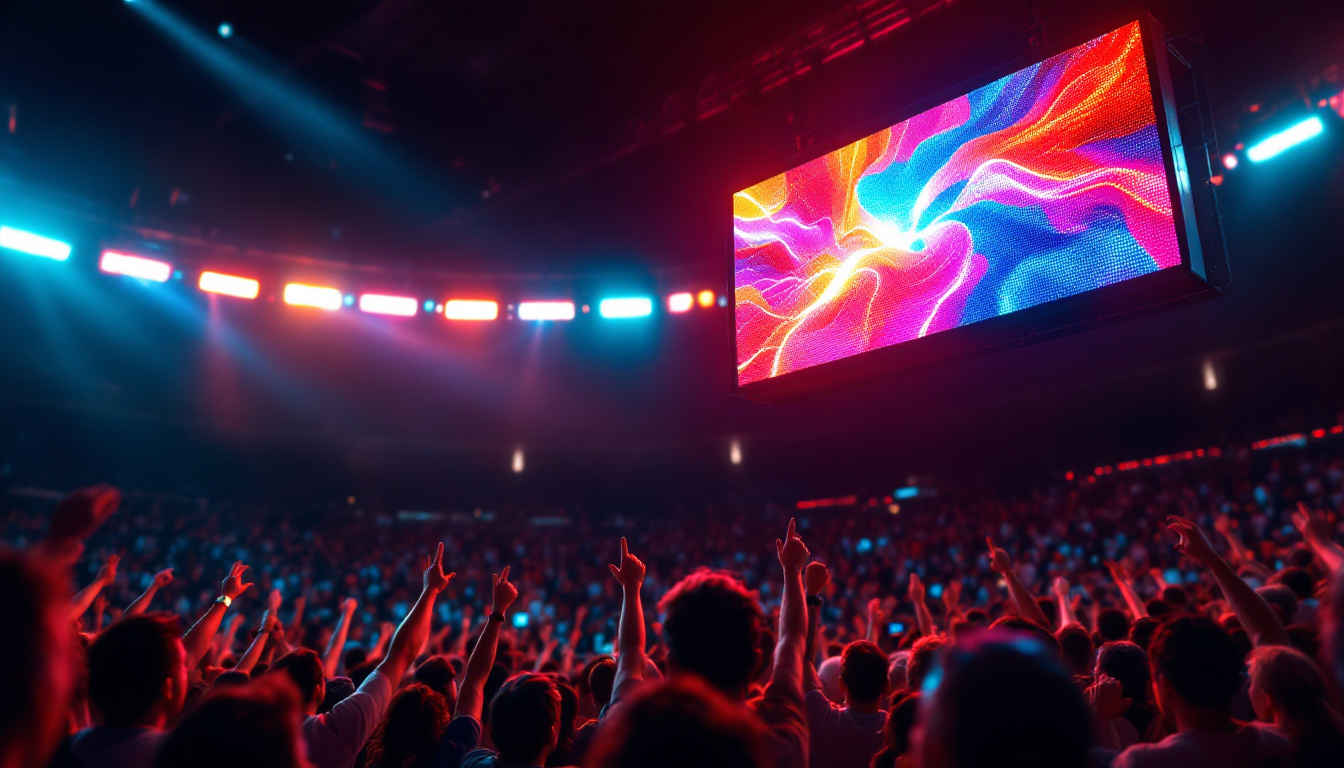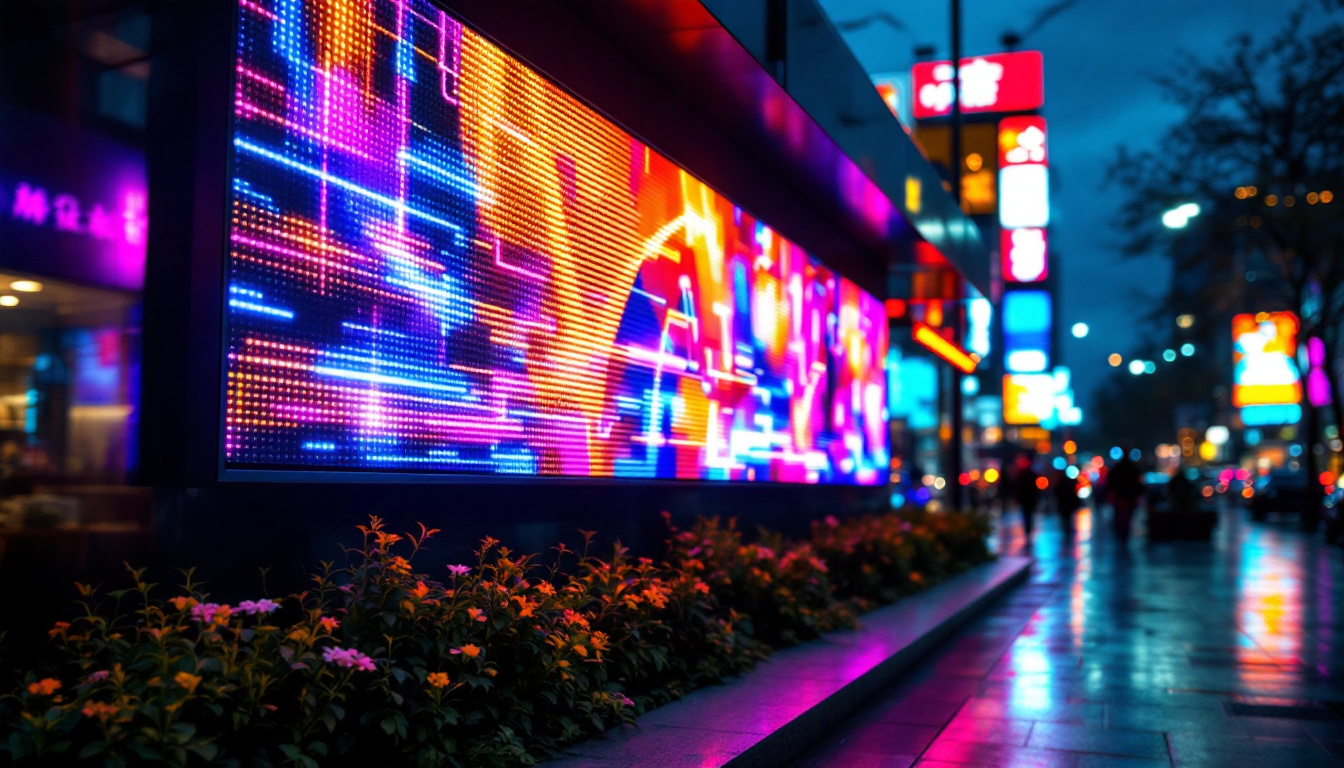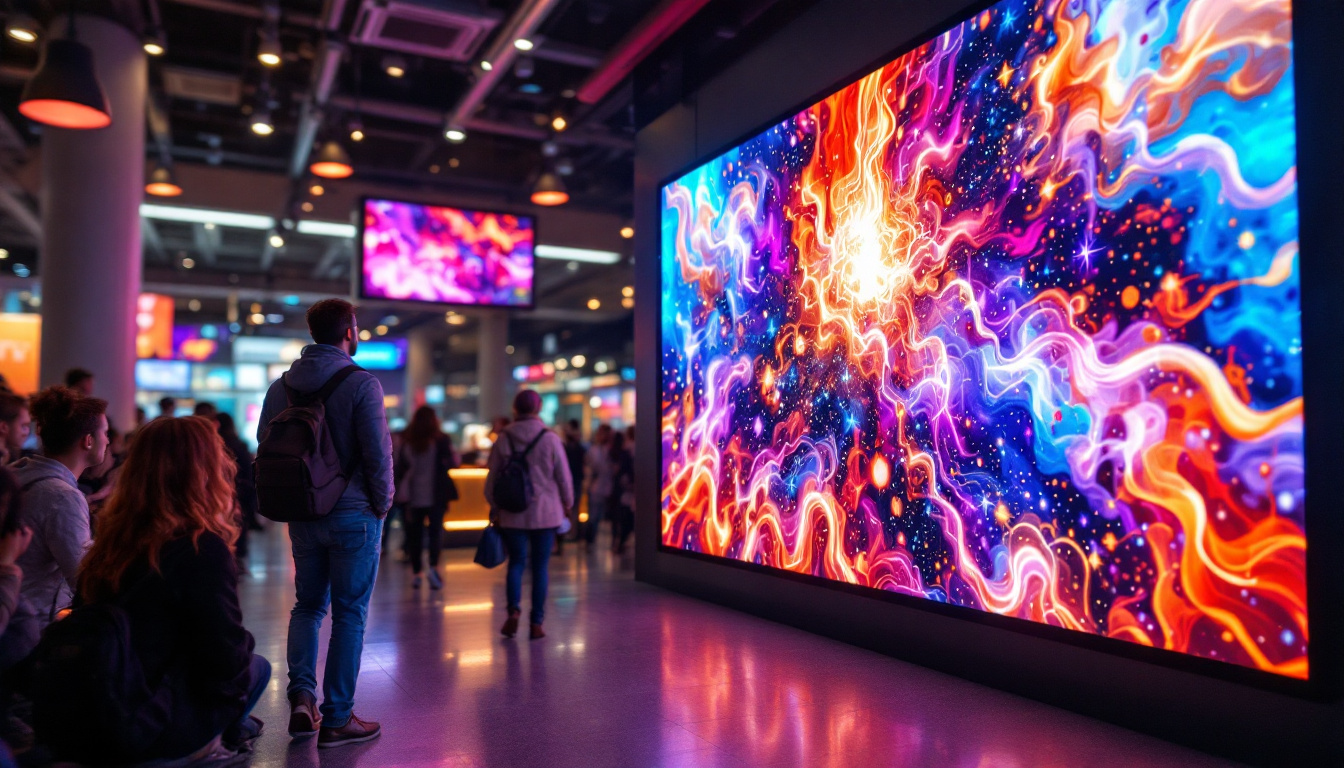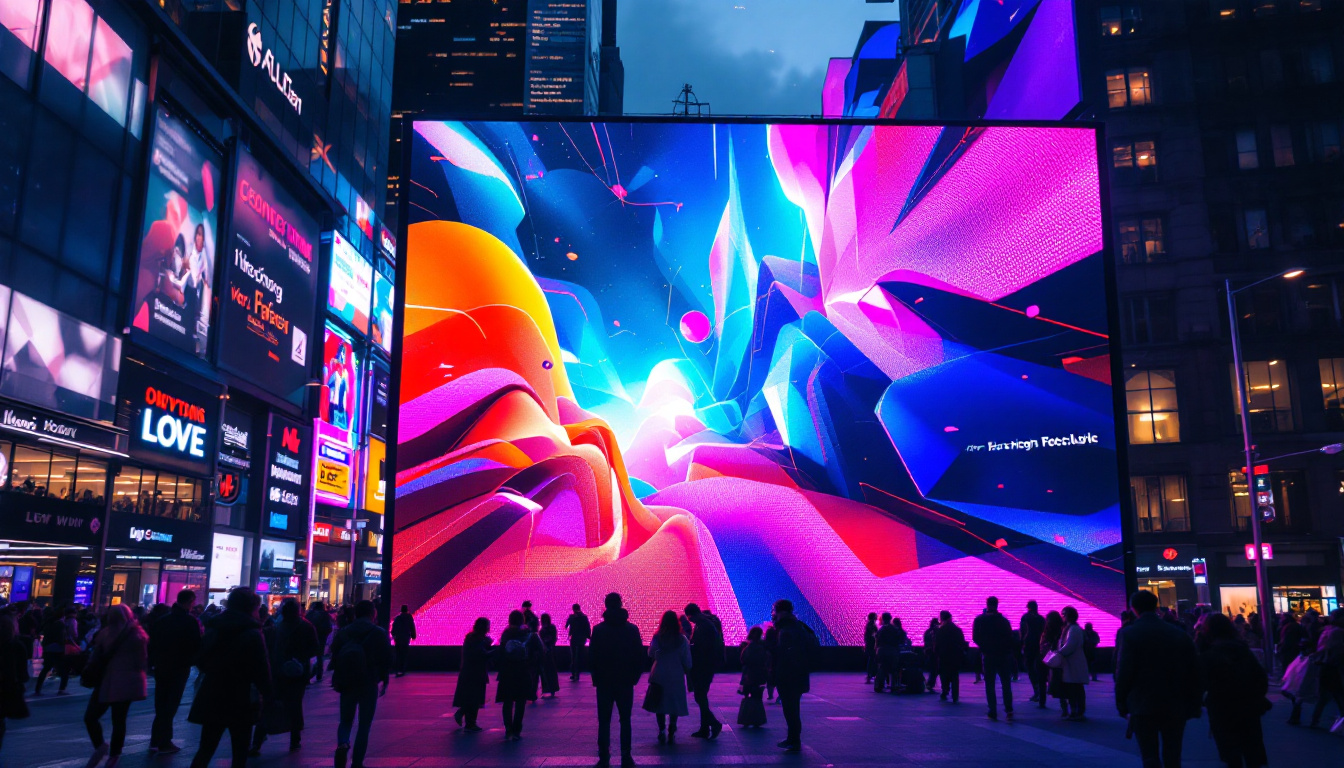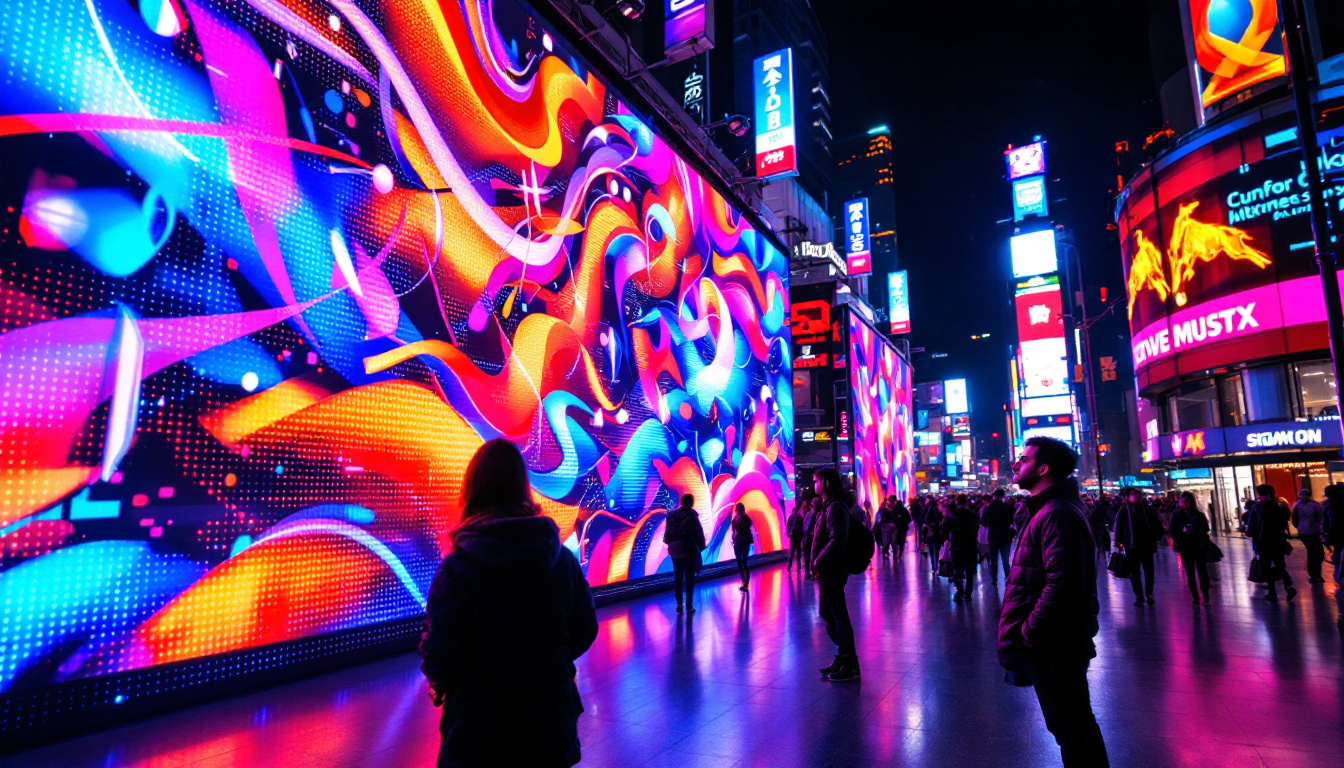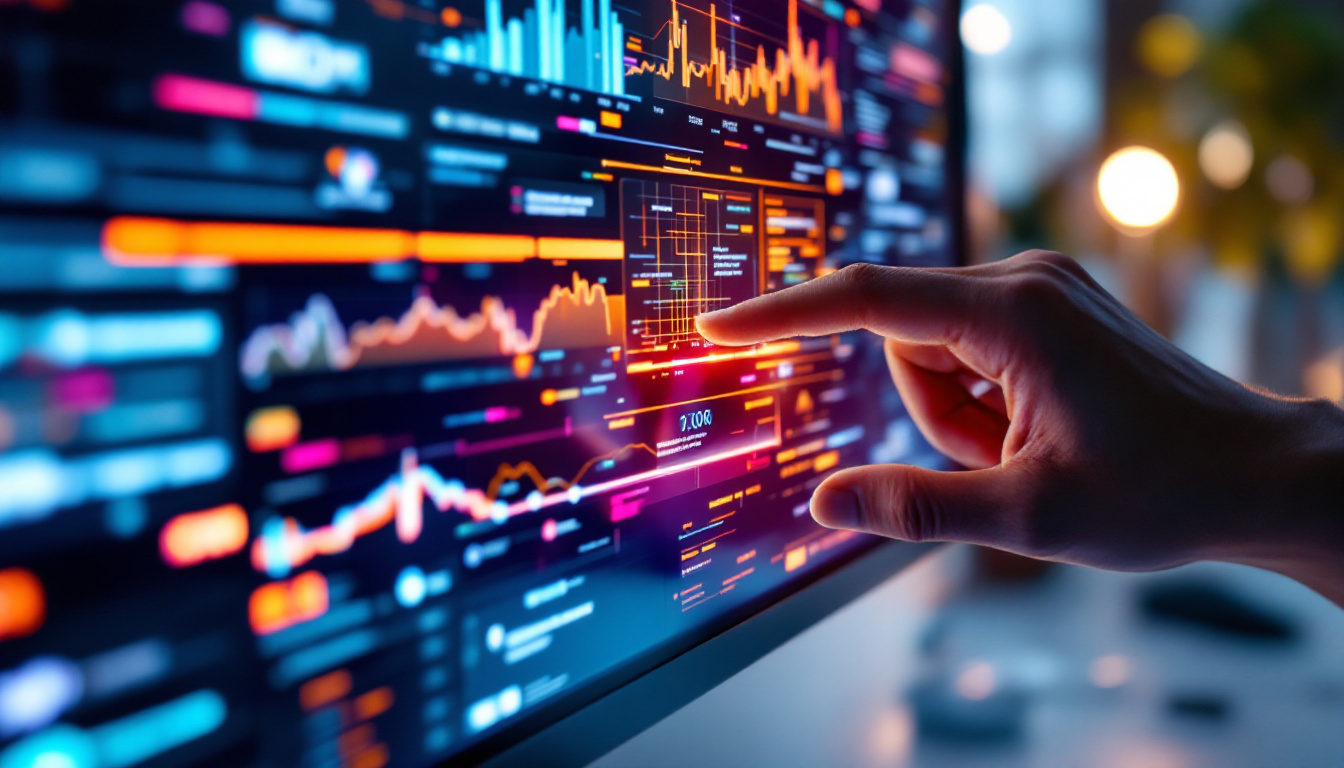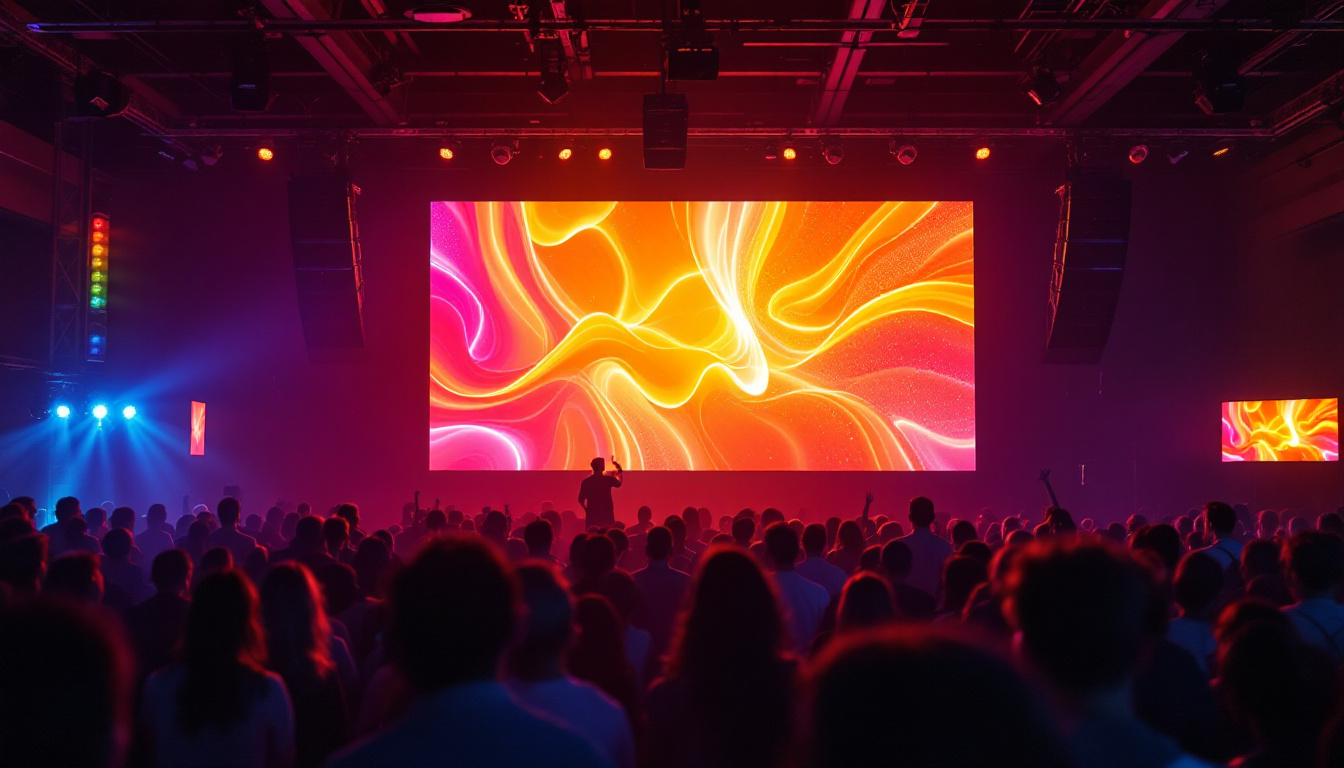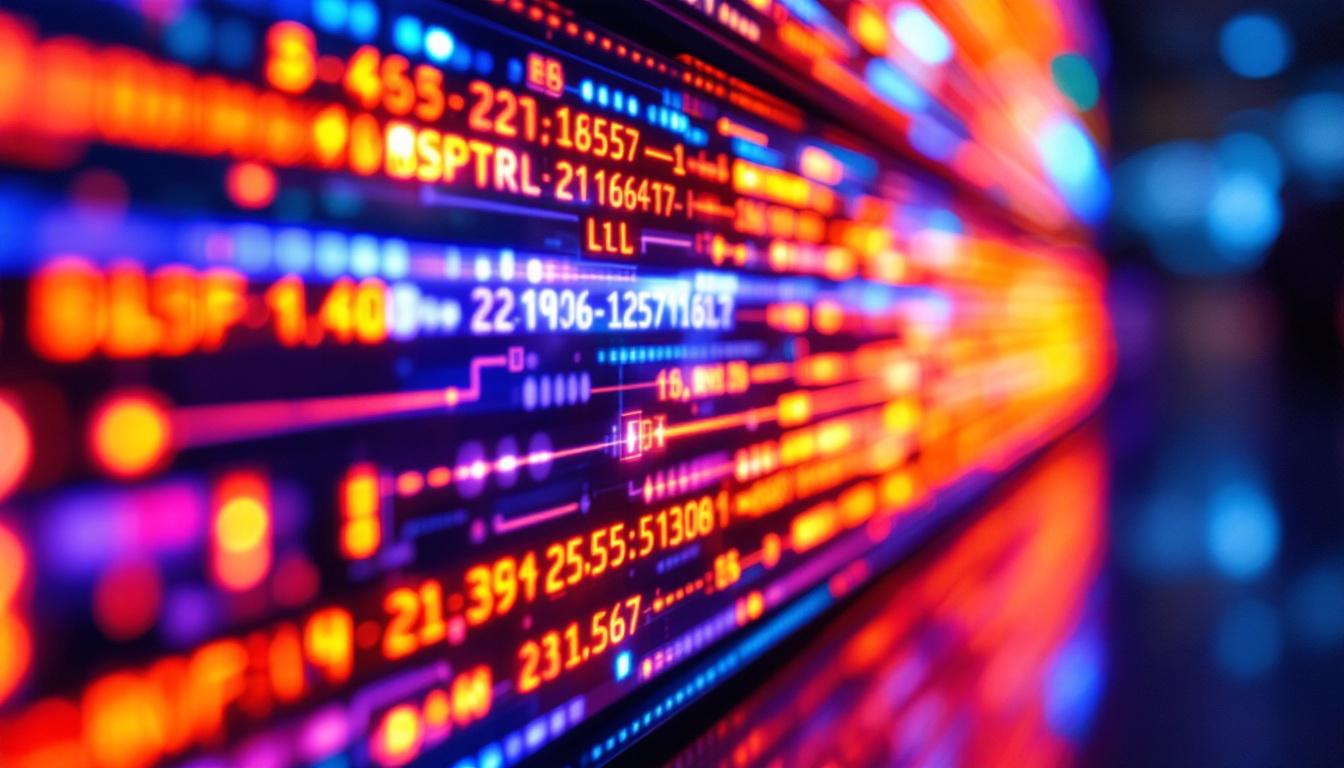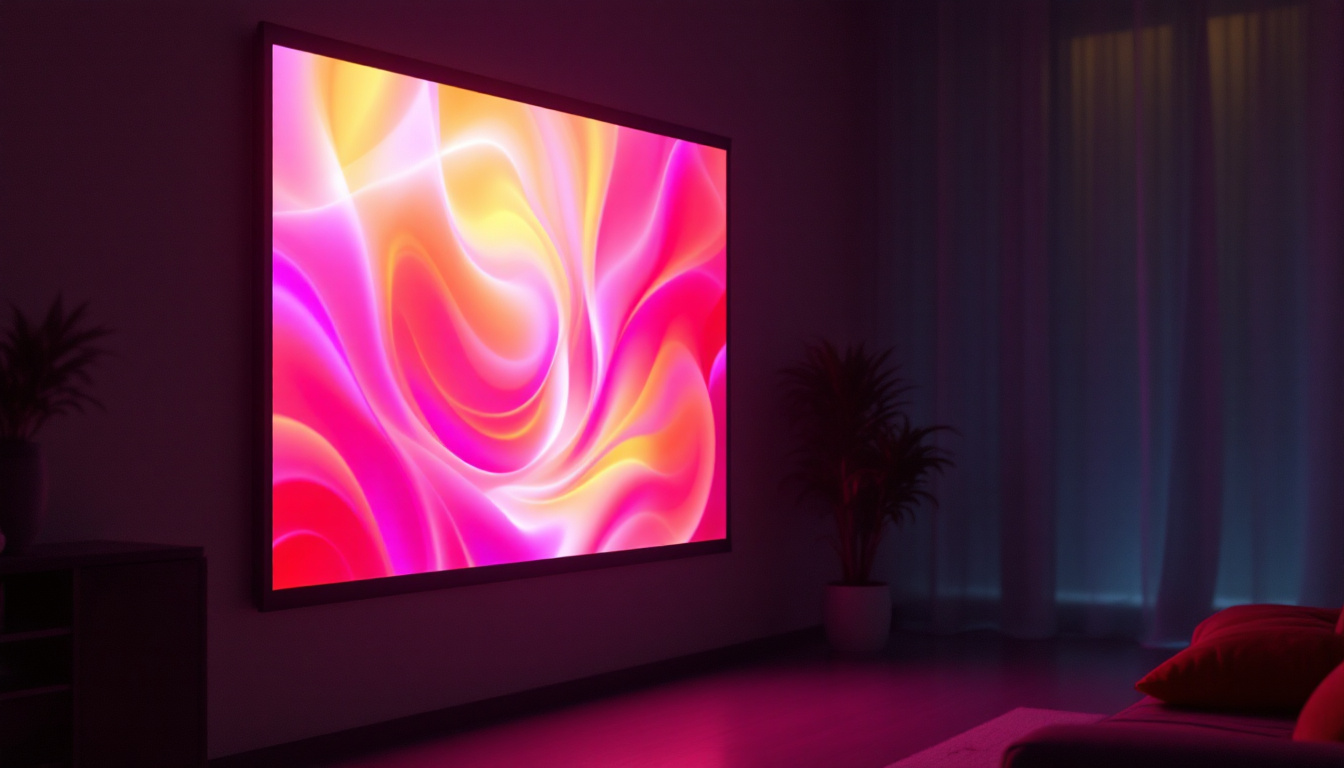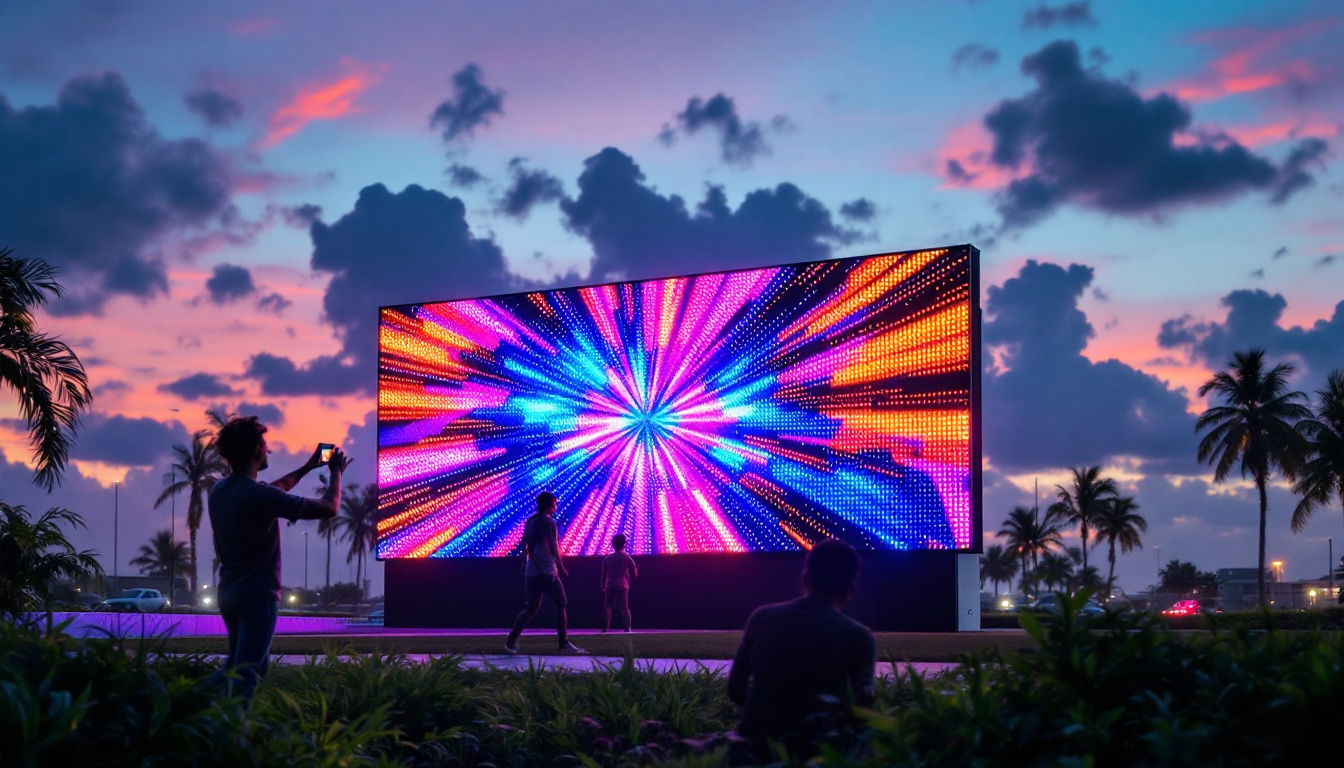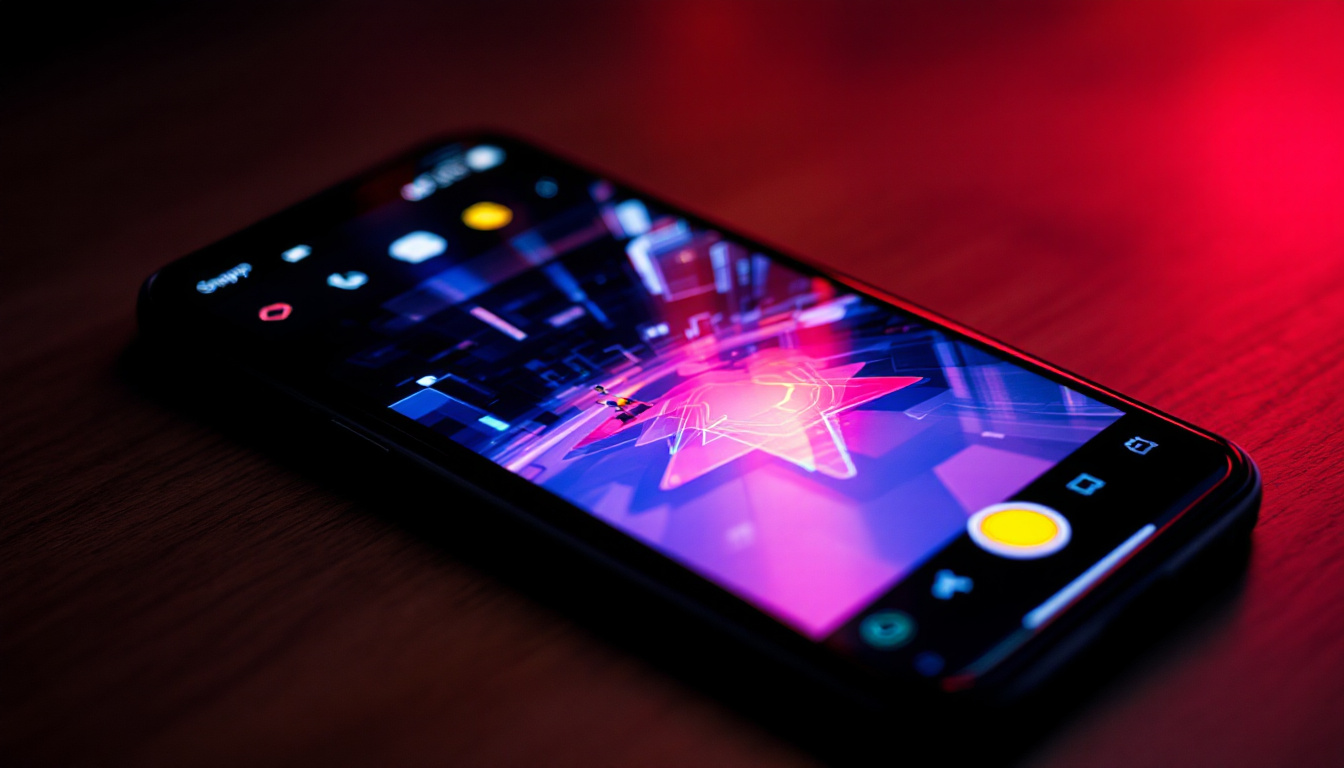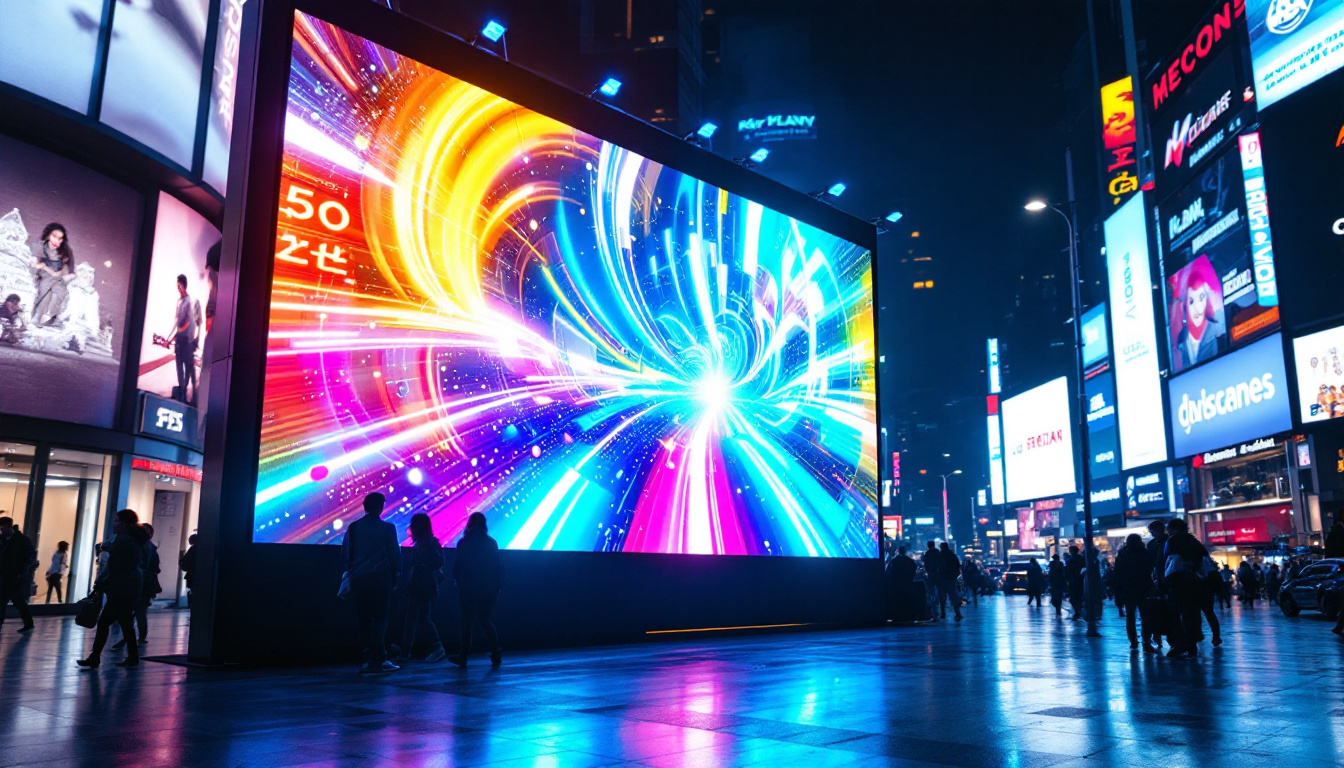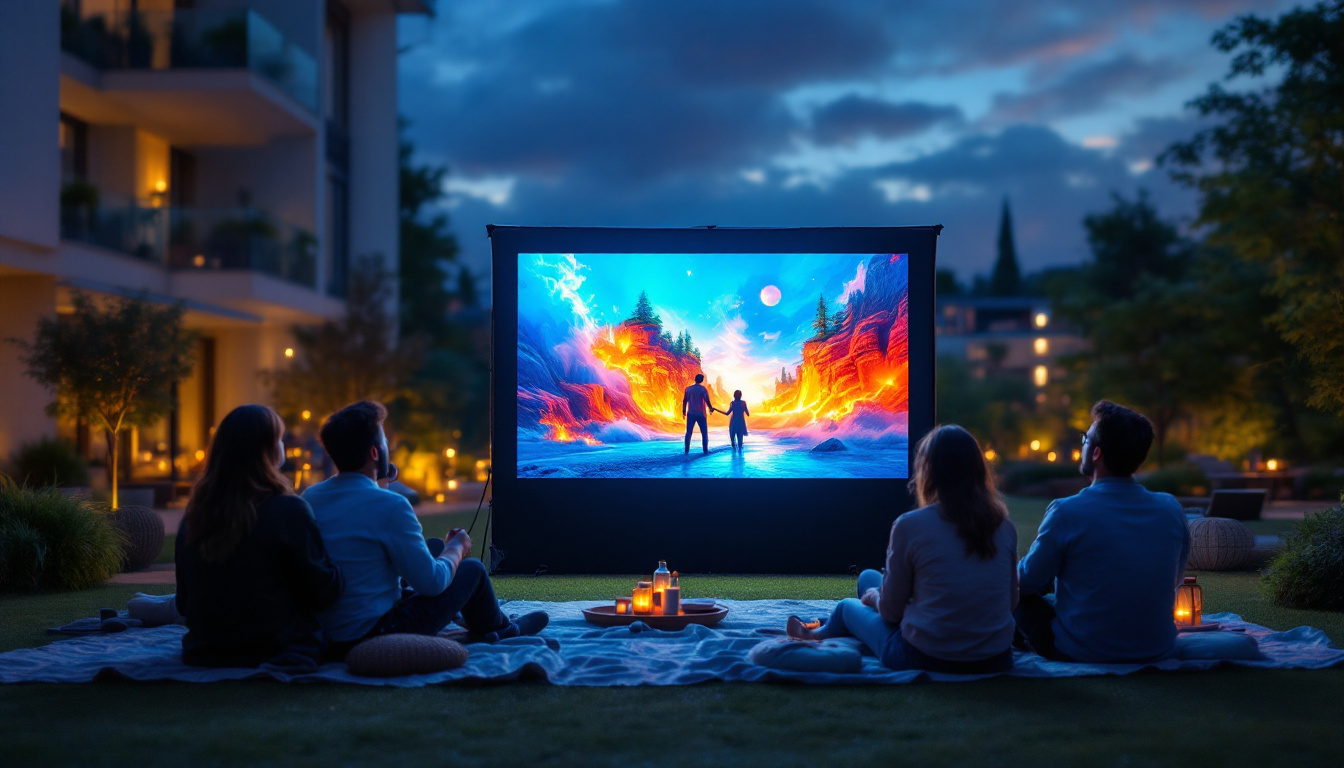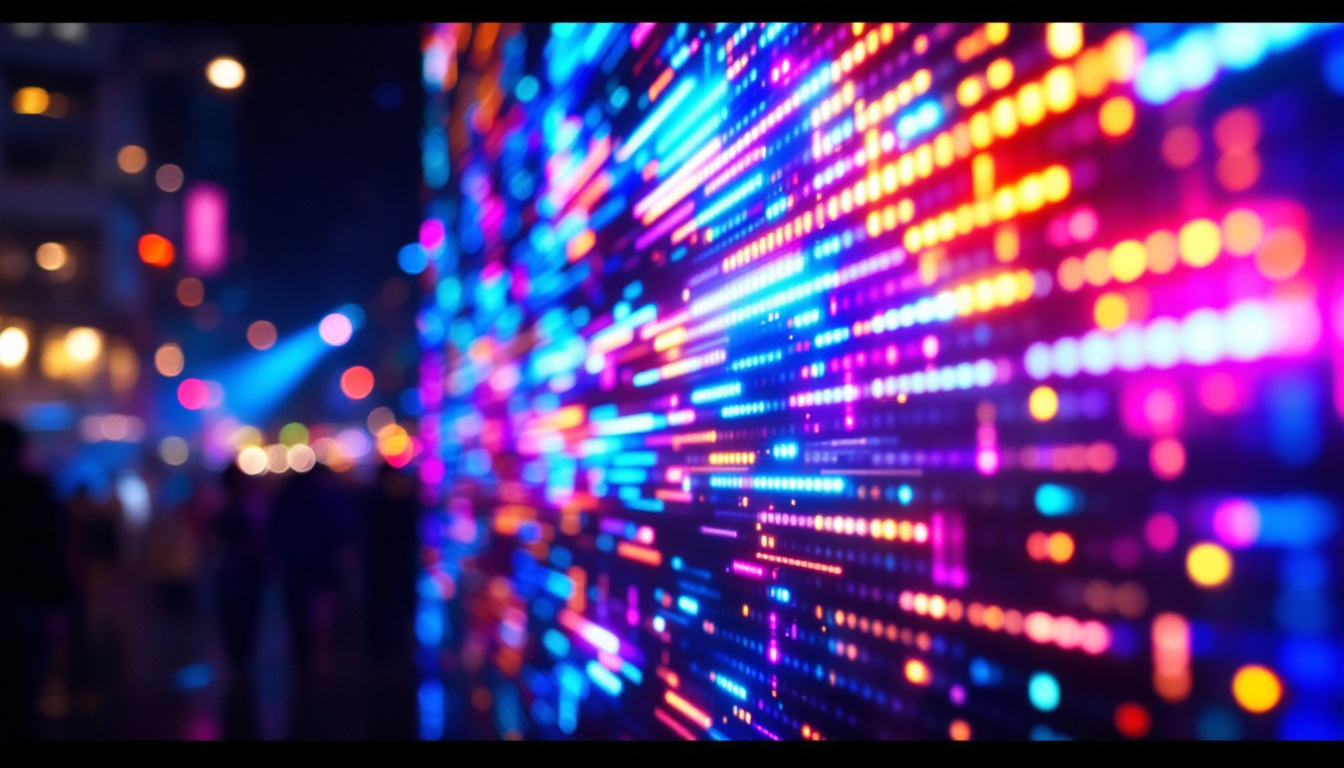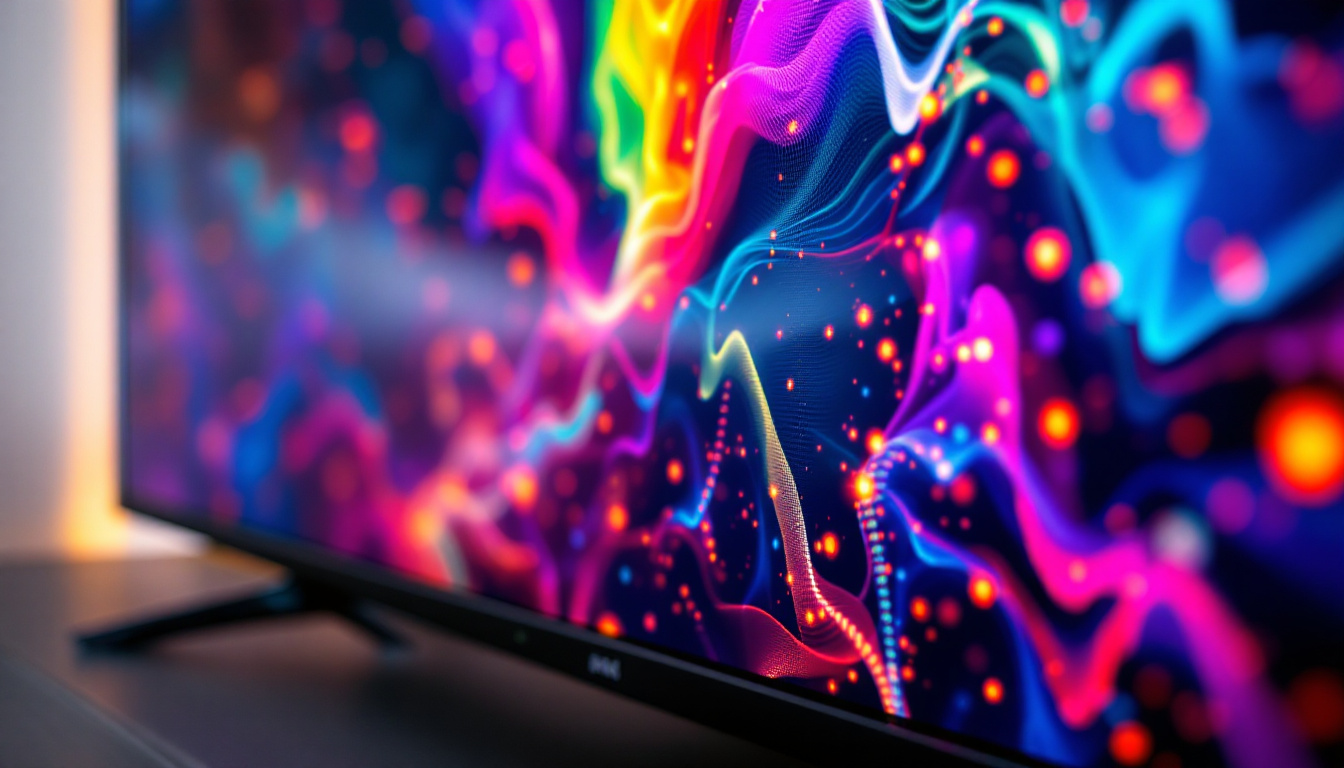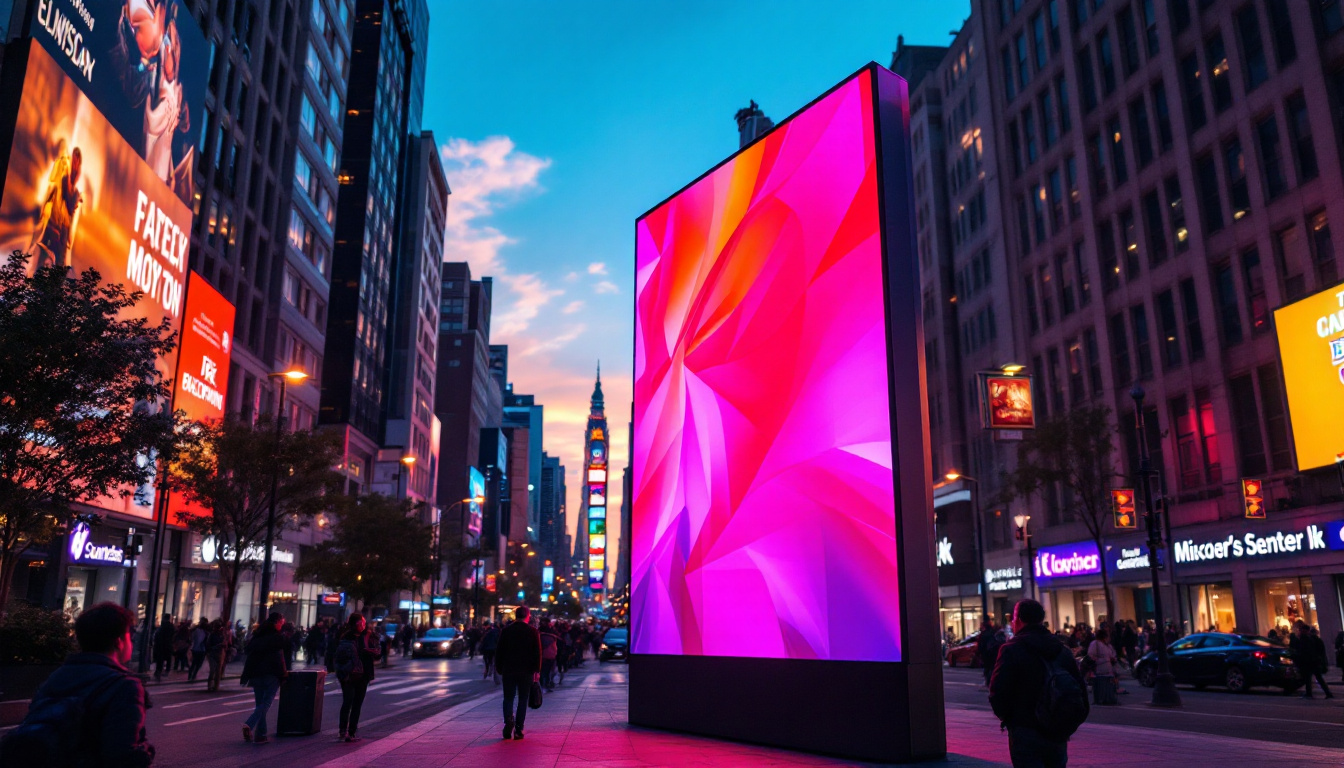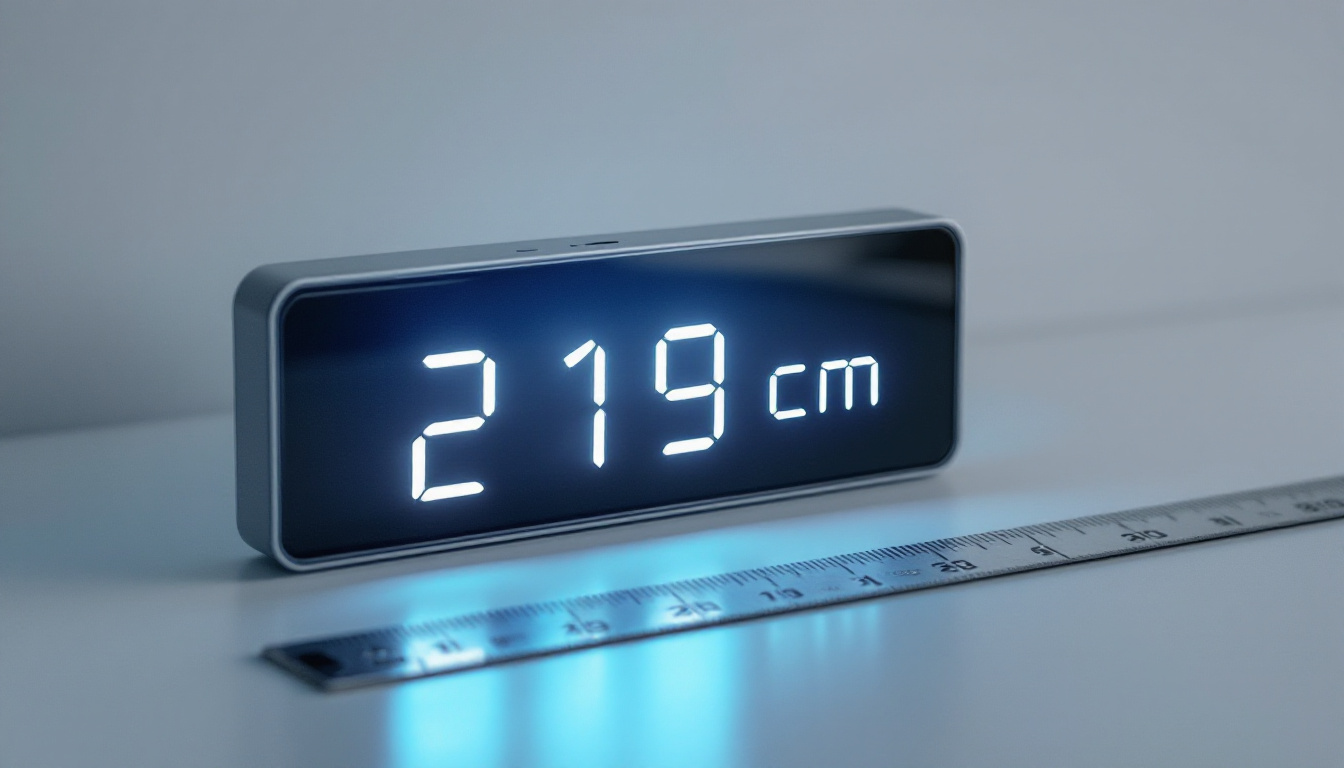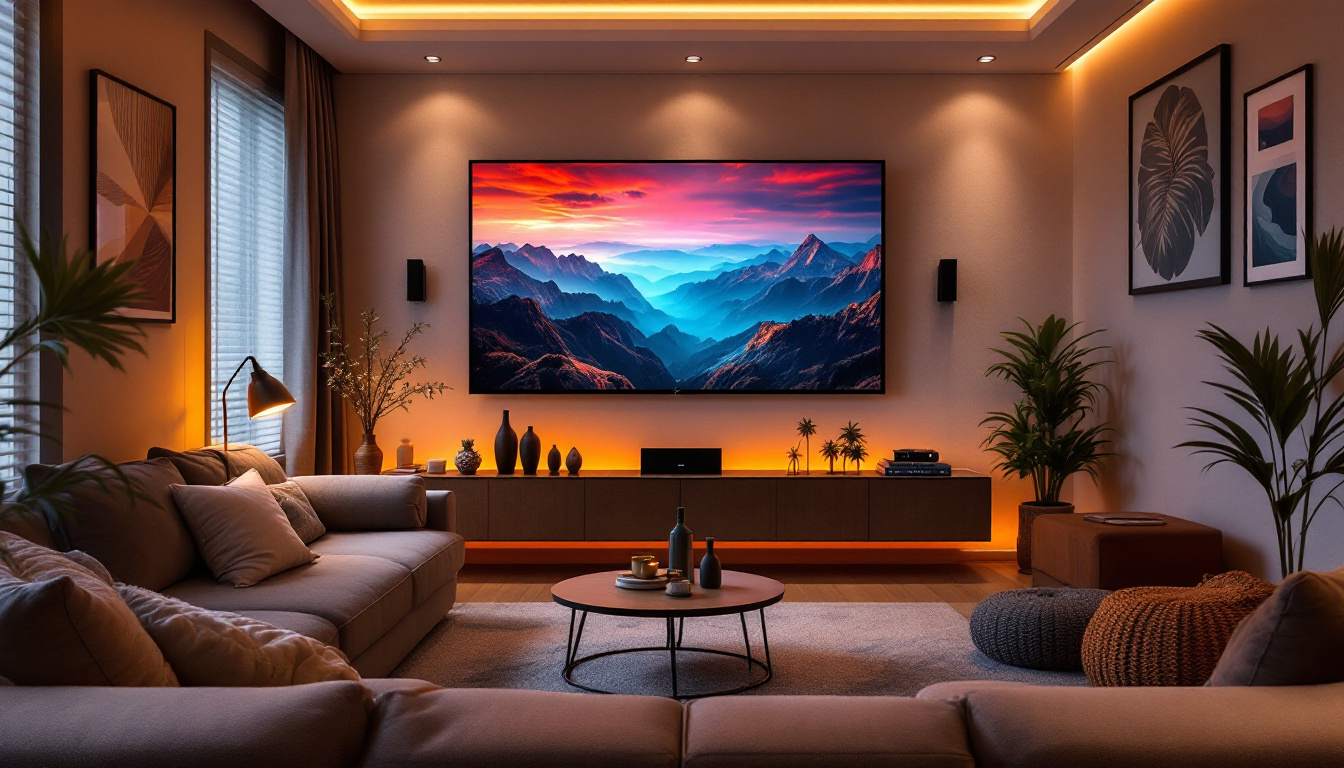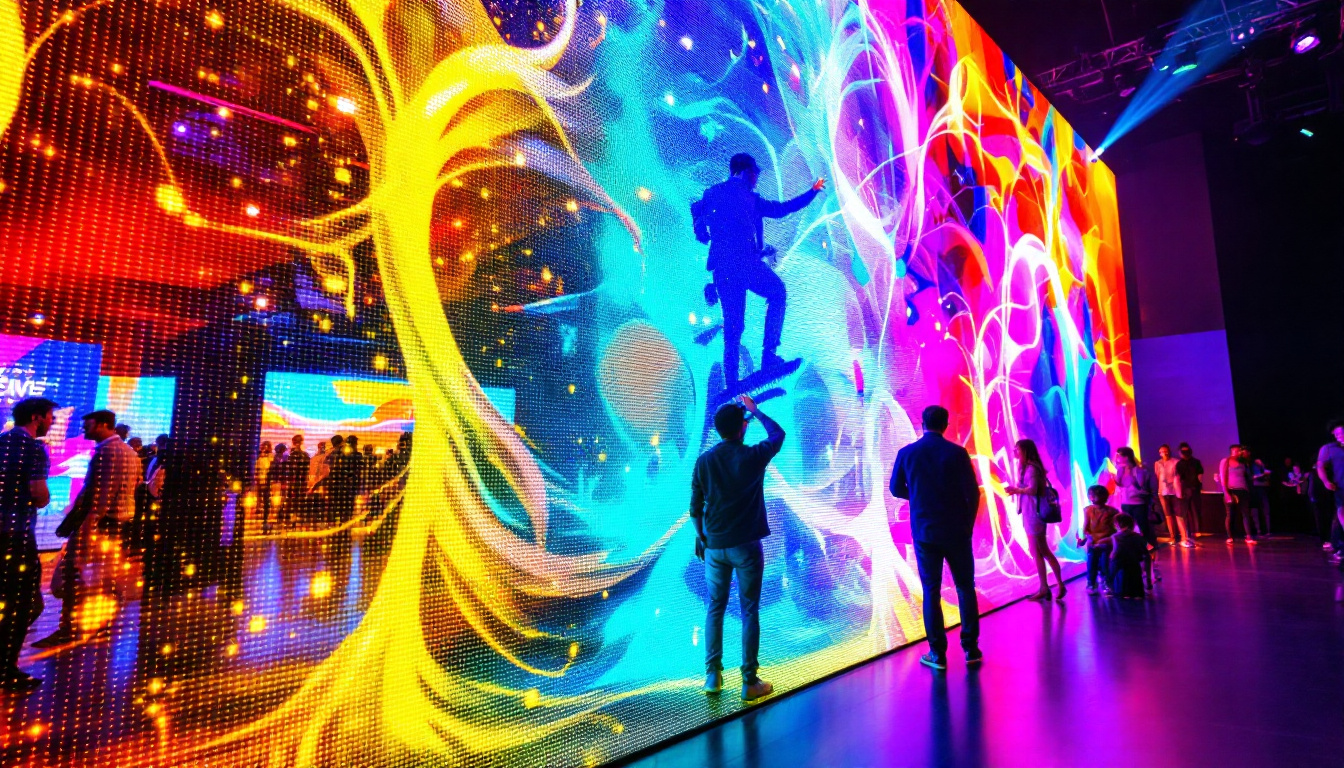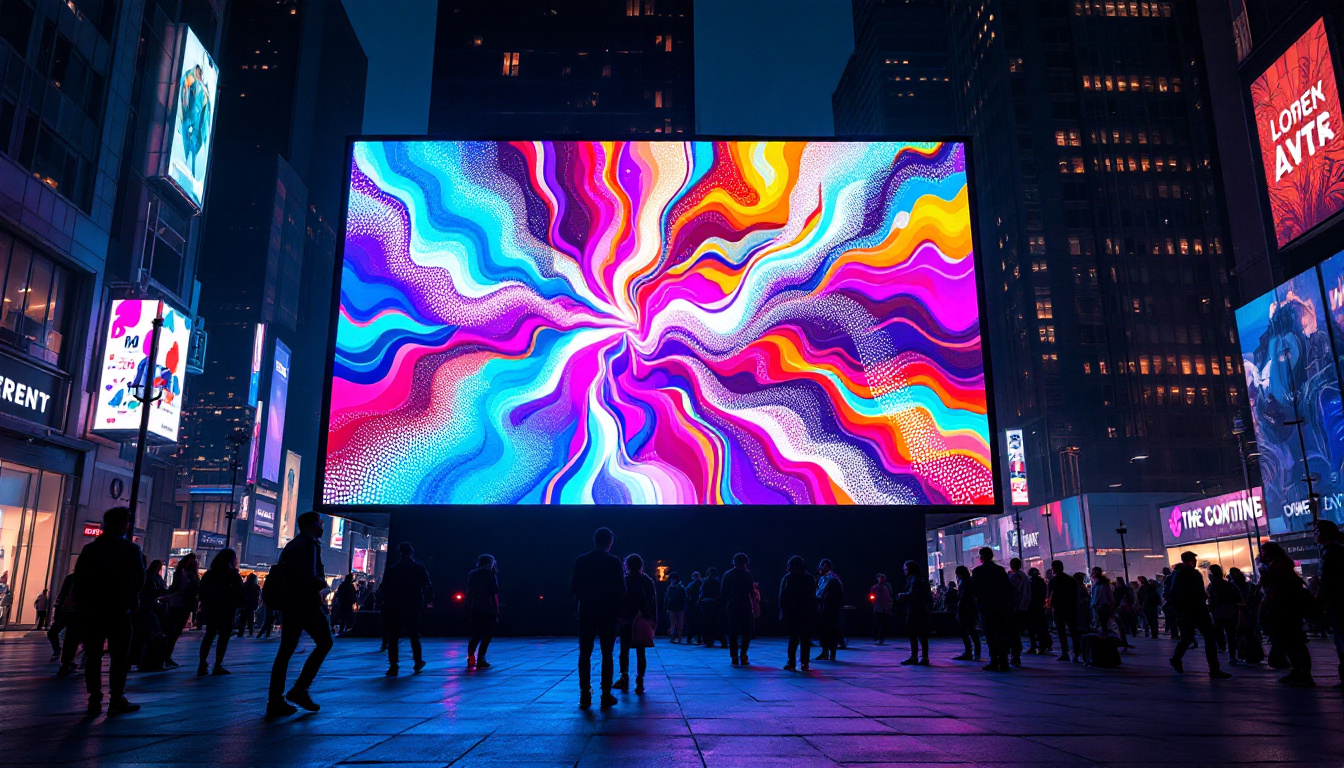In today’s digital age, the use of multiple displays has become increasingly common, especially among professionals who require enhanced productivity and immersive experiences. Whether for gaming, graphic design, or multitasking in an office environment, setting up multiple LED displays can significantly improve workflow and efficiency. This guide will walk you through the essentials of setting up multiple displays, explaining the benefits, the necessary hardware, and the configuration process.
The Benefits of Multiple Displays
Utilizing multiple displays can transform the way tasks are performed, offering numerous advantages that cater to various needs. From increased screen real estate to improved focus, the benefits are compelling.
Enhanced Productivity
One of the most significant advantages of using multiple displays is the boost in productivity. With more screen space, users can have multiple applications open simultaneously, reducing the time spent switching between tabs or windows. Studies have shown that users can increase their productivity by up to 40% when using dual or multiple monitors.
For instance, a graphic designer can have their design software open on one screen while referencing materials or communication tools on another. This seamless workflow allows for quicker decision-making and creative processes. Additionally, professionals in fields such as programming or data analysis can benefit from having code editors, documentation, and output displays all visible at once, minimizing context-switching and enhancing focus on complex tasks.
Improved Multitasking
Multiple displays facilitate multitasking by allowing users to spread their work across different screens. This capability is particularly beneficial for professionals who handle various projects at once. For example, a financial analyst can monitor live data feeds on one screen while preparing reports on another.
Moreover, having a dedicated screen for communication tools like email or chat applications ensures that important messages are not missed, further enhancing efficiency. This setup is also advantageous for project managers who can keep track of timelines and updates while simultaneously collaborating with team members, ensuring that all aspects of a project are aligned and progressing smoothly.
Immersive Gaming Experience
For gamers, multiple displays can create an immersive experience that single monitors simply cannot match. By expanding the field of view, gamers can enjoy a more engaging environment, making it easier to spot opponents and navigate complex game worlds.
Many gaming setups utilize three monitors in a landscape configuration, providing a panoramic view that enhances gameplay and overall enjoyment. This setup can also be tailored for virtual reality experiences, where multiple screens can simulate a more realistic environment. Furthermore, gamers can benefit from having a dedicated screen for streaming or chat interactions, allowing them to engage with their audience without interrupting their gameplay. This level of integration not only elevates the gaming experience but also fosters a sense of community among players and viewers alike.
Essential Hardware for Multiple Displays
Before diving into the setup process, it is crucial to ensure that the necessary hardware is in place. The right components can make all the difference in achieving a smooth and efficient multi-display experience.
Monitors
Choosing the right monitors is the first step in setting up a multi-display system. LED displays are popular due to their vibrant colors, energy efficiency, and slim profiles. When selecting monitors, consider factors such as size, resolution, and refresh rate.
For most users, a combination of 24 to 32-inch monitors with a resolution of at least 1080p is ideal. However, professionals in graphic design or video editing may benefit from higher resolutions like 4K to ensure precise color representation and detail. Additionally, features such as an IPS panel can enhance viewing angles and color accuracy, which is particularly beneficial for tasks that require meticulous attention to detail.
Another aspect to consider is the monitor’s refresh rate, especially for gamers or those working with fast-moving visuals. A refresh rate of 60Hz is standard, but higher rates like 120Hz or 144Hz can provide a smoother experience, reducing motion blur and enhancing overall responsiveness. Furthermore, some monitors come with adaptive sync technologies like G-Sync or FreeSync, which can help eliminate screen tearing during high-paced activities.
Graphics Card
The graphics card is a critical component that determines the performance of a multi-display setup. It is essential to have a graphics card that supports multiple outputs and can handle the increased load of running several displays simultaneously.
Most modern graphics cards come equipped with multiple HDMI or DisplayPort outputs, allowing for easy connection of multiple monitors. When selecting a graphics card, ensure it has enough power to support the desired resolution and refresh rates of the monitors being used. Additionally, consider the card’s VRAM; higher memory can improve performance when handling complex graphics or multiple applications at once.
For users looking to push their setups even further, some graphics cards support technologies like NVIDIA Surround or AMD Eyefinity, which enable seamless multi-monitor gaming experiences. This can create an immersive environment, making it feel as though the action is happening all around you, rather than just in front of you.
Cables and Adapters
Connecting multiple displays requires the right cables and adapters. Depending on the outputs of the graphics card and the inputs of the monitors, users may need HDMI, DisplayPort, or DVI cables. It is essential to check compatibility before purchasing cables.
In some cases, adapters may be necessary, especially if the monitors and graphics card have different connection types. For example, if a graphics card has DisplayPort outputs and the monitors only have HDMI inputs, a DisplayPort to HDMI adapter will be required. Furthermore, it’s important to consider the length and quality of the cables as well, as longer cables can lead to signal degradation, particularly at higher resolutions.
Additionally, investing in high-quality cables can ensure better performance and longevity. Some cables are designed to handle higher bandwidths, which is especially crucial for 4K displays or setups that require high refresh rates. Users should also consider cable management solutions to keep their workspace organized, as multiple cables can quickly become tangled and cluttered, detracting from the overall aesthetic of the setup.
Setting Up Multiple Displays
Once the necessary hardware is in place, the next step is to configure the multiple displays. This process may vary slightly depending on the operating system being used, but the general principles remain the same.
Connecting the Monitors
Begin by physically connecting the monitors to the computer. Ensure that all cables are securely plugged into the correct ports on both the monitors and the graphics card. Once connected, power on the monitors and the computer.
Most operating systems will automatically detect the new displays. If not, users may need to access the display settings to recognize the additional monitors. This can usually be done through the system preferences or control panel.
Configuring Display Settings
After the monitors are connected, the next step is to configure the display settings. This involves arranging the displays in the desired layout, adjusting resolution settings, and setting the primary display.
In Windows, this can be done by right-clicking on the desktop and selecting “Display settings.” Here, users can see a visual representation of their displays and drag them to arrange them according to their physical setup. It is also possible to adjust the resolution for each monitor individually.
Optimizing Display Performance
Once the displays are configured, it is essential to optimize their performance. This may involve adjusting settings such as brightness, contrast, and color calibration to ensure that all monitors display consistent colors and brightness levels.
For users who engage in graphic design or video editing, calibrating the monitors is crucial for accurate color representation. There are various calibration tools available, both hardware and software, that can assist in achieving the desired results.
Common Issues and Troubleshooting
While setting up multiple displays can enhance productivity and enjoyment, users may encounter some common issues. Being aware of these potential problems and their solutions can save time and frustration.
Display Not Detected
One of the most common issues is when a monitor is not detected by the operating system. This can occur due to loose connections, incompatible cables, or incorrect settings. To troubleshoot, ensure that all cables are securely connected and check the display settings to confirm that the monitor is recognized.
If the issue persists, try using a different cable or port. Additionally, updating the graphics card drivers can resolve compatibility issues that may prevent the display from being detected.
Resolution and Scaling Issues
Another frequent problem involves resolution and scaling discrepancies between monitors. This can lead to inconsistencies in display quality and user experience. To address this, navigate to the display settings and ensure that each monitor is set to its native resolution.
For scaling issues, especially when using monitors of different sizes or resolutions, adjusting the scaling settings can help. In Windows, this can be done in the display settings under “Scale and layout,” where users can choose a scaling percentage that works best for their setup.
Performance Lag
Performance lag can occur when running multiple displays, particularly if the graphics card is not powerful enough to handle the load. If users experience lag, consider closing unnecessary applications or upgrading to a more powerful graphics card.
Additionally, ensuring that the graphics drivers are up to date can improve performance and resolve any underlying issues that may cause lag during operation.
Conclusion
Setting up multiple LED displays can significantly enhance productivity, improve multitasking capabilities, and create immersive experiences for gaming and creative work. By understanding the benefits, ensuring the right hardware is in place, and following the proper setup and configuration processes, users can enjoy the advantages of a multi-display environment.
While challenges may arise during the setup process, being equipped with troubleshooting knowledge can help users overcome these issues efficiently. With the right approach, multiple displays can transform the way tasks are performed, leading to a more organized and efficient workspace.
As technology continues to evolve, the possibilities for multi-display setups will only expand, offering even more opportunities for enhanced productivity and creativity.
Discover LumenMatrix’s Advanced LED Display Solutions
Ready to take your multi-display setup to the next level? LumenMatrix is at the forefront of LED display technology, offering a wide range of innovative solutions that can transform your space. Whether you’re looking to enhance your workplace productivity, elevate your gaming experience, or captivate your audience with stunning visuals, our Indoor and Outdoor LED Wall Displays, Vehicle LED Displays, and more are designed to meet your needs. Experience the future of visual communication with LumenMatrix. Check out LumenMatrix LED Display Solutions today and see the difference for yourself.

